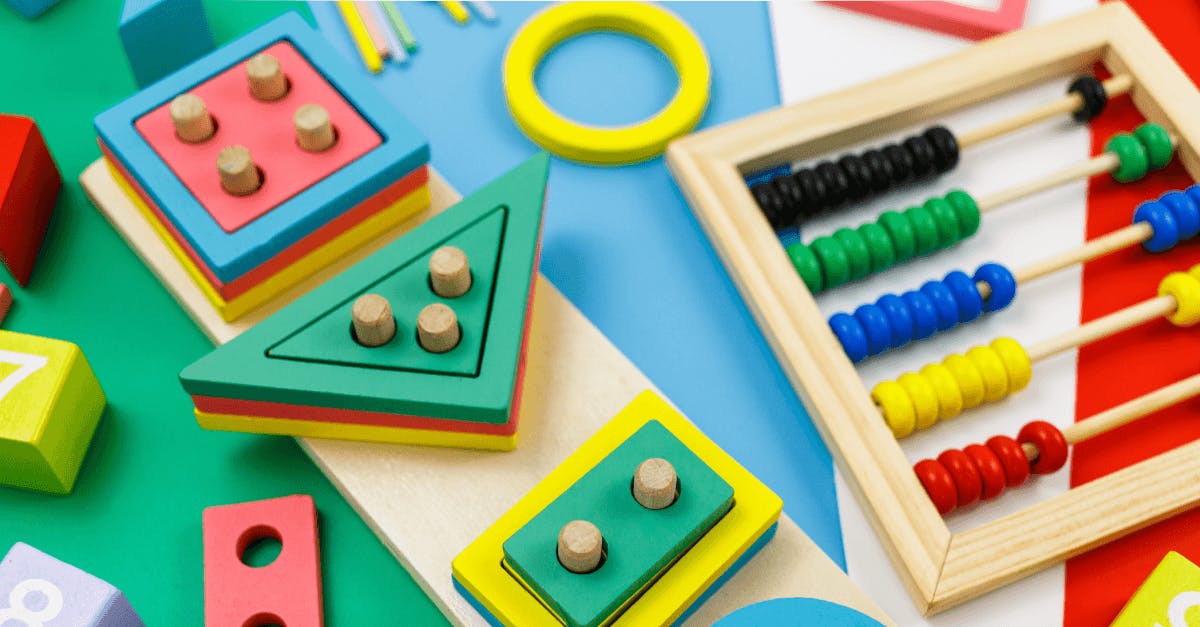What Is 'New Math' And Why Do Parents Find It So Hard?
(4 minute read)
Did you grow up in the eighties and nineties? Have you been helping out with your child's homework? Does the modern math that children learn seem potentially bewildering? We have some answers.
Despite its name, New Math isn’t a new concept. Originating in the 1950s and 1960s, New Mathematics was a fresh approach to mathematics teaching, widely adopted by educators in the US and some parts of Western Europe. The main aim of New Math was to revamp the U.S. mathematics curriculum in response to the demands of the space race, technological advancements, and the pressures of the Cold War.
Instead of adopting a ‘learning by rote’ approach to simply teaching children formulas and rules they should rigidly follow, New Math was designed to equip learners with problem-solving skills and an ability to apply mathematical concepts to real-world problems. Today New Math simply means updating learning practices to equip students with the skills to not only find the right answers to mathematical problems, but also understand how and why they were able to solve the problems.

Why Parents Are Struggling With New Math
The way mathematics is taught has constantly evolved especially since the early reforms of the mid-20th Century. For parents, especially those born in the 80s and 90s, there are significant differences to how they were taught.
Instead of just learning how to do something, like multiply or divide, students are encouraged to understand why these operations work the way they do. This might involve more discussion about the principles behind mathematical operations, rather than just memorizing times tables or formulas.
New Math places a greater emphasis on problem-solving skills — students are encouraged to think critically about how to approach a problem, consider different methods, and understand that there might be multiple ways to find a solution. This sits in stark contrast to the ways many of today's parents were taught where there was one way only to find the right answer. But it's important to understand that this new approach isn't just about getting the right answer — it's about understanding mathematical concepts behind getting an answer and being able to apply them in different contexts.
The Downsides To New Math
While there are obvious pros to learning critical thinking and problem-solving skills, there are some cons.
Radical changes in learning have created a divide between children and parents who are struggling to support their children with homework. During the global pandemic, where many parents suddenly become home educators, the gap between methods taught 30-40 years ago and those taught today became glaringly obvious.
Another key issue is that New Math uses word-based problems to expand on mathematical concepts. Word problems require a certain level of reading comprehension, where students must be able to read, understand, and interpret the text of the problem before they can begin to solve the mathematical nature of the question. For students with reading difficulties, this can be a significant barrier to math learning.

How Parents Can Embrace New Math
Incorporating New Math methods into daily life in a playful way is actually quite easy. It can be a great way for parents to reinforce what their children are learning in school, and also begin to grasp the concept themselves.
- Shopping trips are a perfect opportunity to practice math skills. Ask your child to help you calculate the total cost of items, figure out unit prices, or determine how much change you should receive when paying with cash. These simple real-world sums make use of addition, subtraction, and multiplication, not to mention working out percentages when calculating discounts.
- Cooking at home is another great way to apply math to real life. Recipes are excellent for practising measurements and fractions. Have your child help you measure ingredients ask them to do conversions, or to double or half quantities in recipes.
- Props such as buttons, coins or Lego can help children (and parents) visualise problems and solutions. If your child is learning number bonds, picking out seven pieces of Lego and splitting them into two and five, and then three and four, can help both you and your child familiarise yourselves with the concept and then understand how it works.
While you’re doing this don’t forget to encourage your child to explain their thinking as they solve a problem - it all helps develop their ability to articulate mathematical concepts. You’ll not only help your child see the relevance and application of what they are learning but also potentially reduce anxiety by making math a normal, routine part of life.

How Teach Your Monster Number Skills Helps With New Math
Games such as Teach Your Monster Number Skills are designed using the same principles of modern Math teaching and are a great way to help both you and your child understand mathematical concepts:
- Helps children practice important mathematical skills and concepts such as number bonds and subitizing using visual manipulatives
- Uses graphics, animation and voice-over to overcome challenges faced by learners who struggle with reading comprehension
- Reduces ‘math anxiety’ through encouraging language which reinforces positive learning techniques
- Helps children and parents learn concepts together, making homework and later learning easier to understand
- Consolidates and compounds school learning through repetition at home